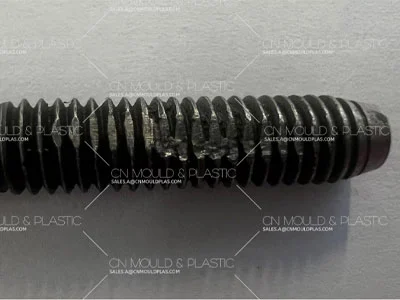For all surfaces or internal connection parts of plastic parts, use rounded transitions as much as possible without causing sink marks. This avoids stress concentration, enhances the strength of the plastic parts, improves melt flow, and makes demolding easier. If there are no special structural requirements, all connection parts of plastic parts must be designed with rounded corners, with a radius of more than 1/3 of the wall thickness. The end faces of plastic parts should be designed to avoid a blade-like shape, which helps reduce manufacturing costs and extend mold life.
As shown in Figure 1-1(a), the product has sharp edges and corners. All places that can be designed with arcs should be designed with arcs, as shown in Figure 1-1(b). This design has a number of advantages: during injection molding, it reduces the resistance to melt flow, lowers injection pressure, and facilitates the filling and molding of plastic parts; it prevents residual plastic powder from forming at sharp corners, which in turn avoids deformation caused by plastic part shrinkage or cracks due to stress concentration at the corners. At the same time, designing plastic parts with rounded corners allows the mold cores and cavities to also have rounded corners, reducing internal stress in the mold cores and cavities. Therefore, the intersections of product shapes should avoid sharp corners and instead have appropriate rounded radii. The radius of the rounded corners is generally not less than 0.5mm; the inner wall radius can be half the wall thickness, and the outer wall radius can be 1.5 times the wall thickness, as shown in Figure 1-1(b). Figure 1-2 shows examples of rounded corner designs on plastic products.

When designing rounded corners for the inner and outer surfaces of plastic products, you should figure out the inner and outer fillet radii as shown in Figure 1-3. That way, you can make sure the wall thickness of the product is even.



